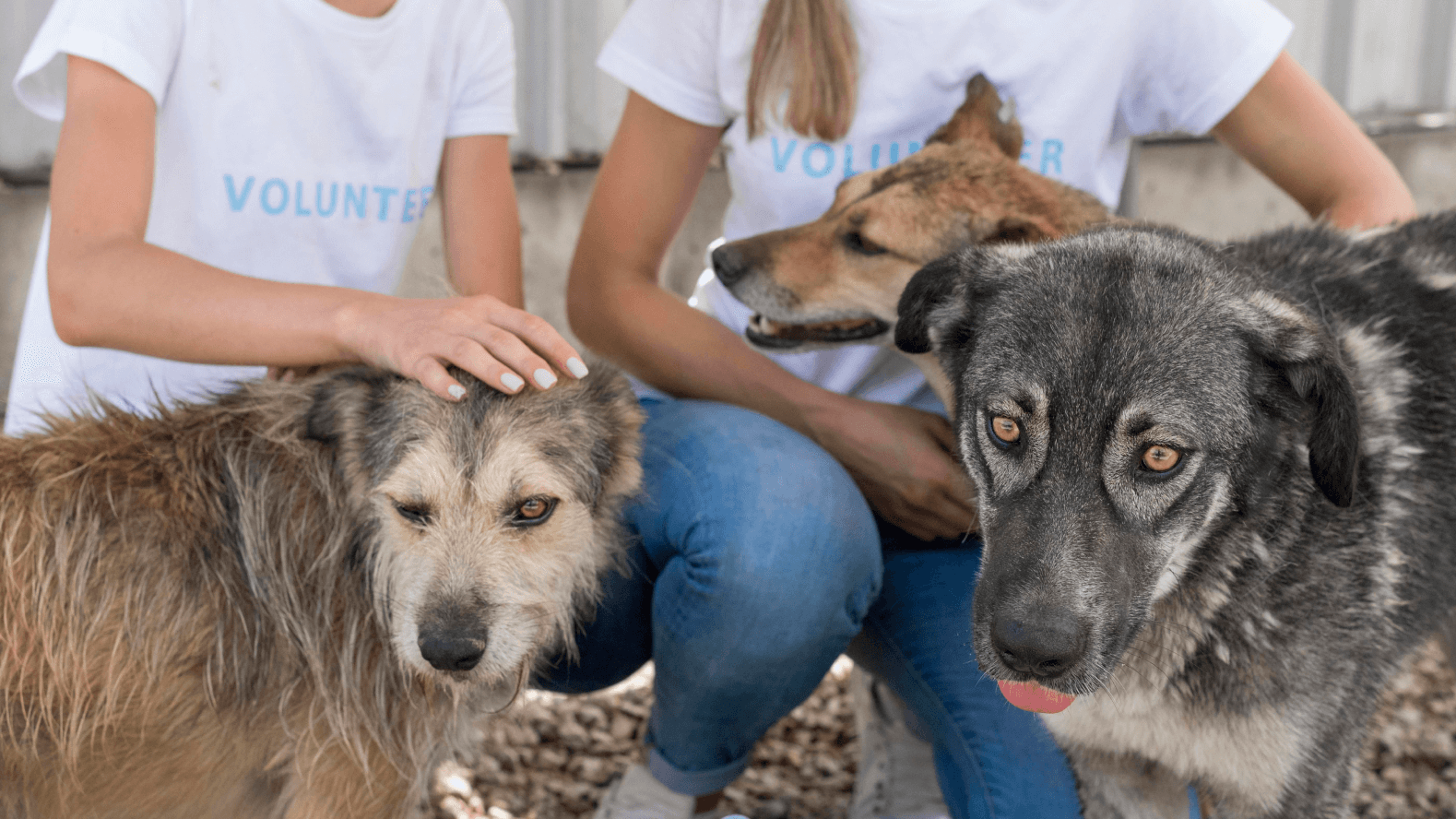How to Prepare Your Home for a Newly Adopted Pet: A Warm Welcome for Your New Family Member
Bringing a newly adopted pet into your home is an exciting and heartwarming experience. Whether you’ve welcomed a playful puppy, a calm senior cat, or a curious rabbit, it’s essential to create a welcoming and safe environment for your new furry family member. Properly preparing your home can help reduce stress for your pet and ensure they adjust smoothly to their new surroundings.
In this article, we’ll discuss the key steps to get your home ready for a newly adopted pet, providing them with the love, comfort, and care they need from day one.
1. Create a Safe and Comfortable Space
When your new pet first arrives, they may feel a bit anxious or overwhelmed. Providing a designated safe space will help them feel secure as they adjust to their new home.
- Choose a Quiet Area: Set up a calm, quiet space where your pet can relax and retreat if they feel overstimulated. For dogs or cats, this could be a cozy corner of a room with their bed, or for smaller pets like rabbits or guinea pigs, it could be an enclosed area where they feel safe.
- Provide a Bed and Blankets: Ensure your pet has a soft, comfortable bed or blanket where they can rest. The familiar scent of bedding helps them settle in faster, and for added comfort, you can place a piece of clothing with your scent nearby.
- Keep It Calm and Low-Key: Limit visitors and excitement during the first few days. Allow your new pet to explore their space at their own pace and offer gentle reassurance if they seem unsure.
2. Pet-Proof Your Home
Just like baby-proofing a house, pet-proofing is crucial for ensuring the safety of your new furry friend. This is especially important for puppies, kittens, or any curious animals that love to explore every nook and cranny of your home.
- Remove Hazards: Look for any potential dangers that your pet might encounter, such as loose wires, sharp objects, or small items they could chew on or swallow. Make sure to secure electric cords and put away any breakable items that are within their reach.
- Store Harmful Substances: Keep cleaning supplies, medications, and other toxic chemicals out of your pet’s reach. Store them in high cabinets or secure them with child-proof locks.
- House Plants: Many common household plants can be harmful to pets if ingested. Take a moment to check if any of your plants are toxic, and if they are, either move them out of reach or consider replacing them with pet-friendly options.
3. Stock Up on Essential Supplies
Before your new pet arrives, it's crucial to gather all the necessary supplies to ensure a smooth and stress-free transition. Here’s a basic checklist of items you should have ready:
- Food and Water Bowls: Select bowls that are the right size for your pet. Stainless steel or ceramic options are both durable and easy to clean.
- Pet Food: Make sure you have the appropriate food for your pet. If you're uncertain, consult the shelter or rescue for suggestions based on what your pet is accustomed to eating. Gradually introduce any new food to prevent digestive issues.
- Litter Box or Puppy Pads: For cats, set up a clean litter box with suitable litter. If you've adopted a puppy, have puppy pads available for any accidents during house training.
- Toys and Chews: Ensure your pet has toys to keep them entertained, as these can help reduce boredom and provide mental stimulation. For dogs, sturdy chew toys can also assist with teething or stress relief.
- Grooming Supplies: Have brushes, nail clippers, and shampoo that are appropriate for your pet’s breed and type to help keep them clean and comfortable.
- Collar, Leash, and ID Tag: For dogs, ensure you have a properly fitting collar with an ID tag that includes your contact information. A secure leash is also essential for taking your new pup on walks or outings.
6. Schedule a Vet Visit
One of the first things you should do after bringing a pet into your home is to arrange a vet check-up. This helps ensure that your pet is healthy and current on vaccinations and treatments, like flea prevention and deworming.
- Keep Vaccinations Current: It's essential to make sure your new pet is up to date on their vaccines. Your vet can also guide you on the next steps for vaccinations, spaying or neutering, and overall health care.
- Discuss Diet and Health Needs: Your vet can offer tailored advice on what to feed your pet, how often, and any specific nutritional requirements based on their age, breed, or health status.
7. Show Lots of Love and Patience
Bringing a new pet into your home is a significant change for everyone, including your furry companion. They may need time to adjust to their new surroundings, so it's crucial to be patient and give them the space they need to feel at ease.
- Be Gentle and Encouraging: Provide plenty of positive reinforcement with kind words, treats, and affection. Help them feel secure and cherished in their new environment.
- Take It Slow: Don’t expect your pet to acclimate right away. It may take a few days, weeks, or even months for them to fully settle in. Allow them to explore at their own pace and respect their boundaries.
Wrapping It Up
Welcoming a newly adopted pet into your home is an exciting time, but it's essential to prepare your space thoughtfully. By setting up a safe area, pet-proofing your surroundings, and creating consistent routines, you can help your new friend adjust and feel comfortable. Keep in mind that patience, love, and consistency are crucial for a smooth transition for both you and your new pet. Before you know it, you'll have a joyful, well-adjusted family member eager to share countless fun and loving moments!
